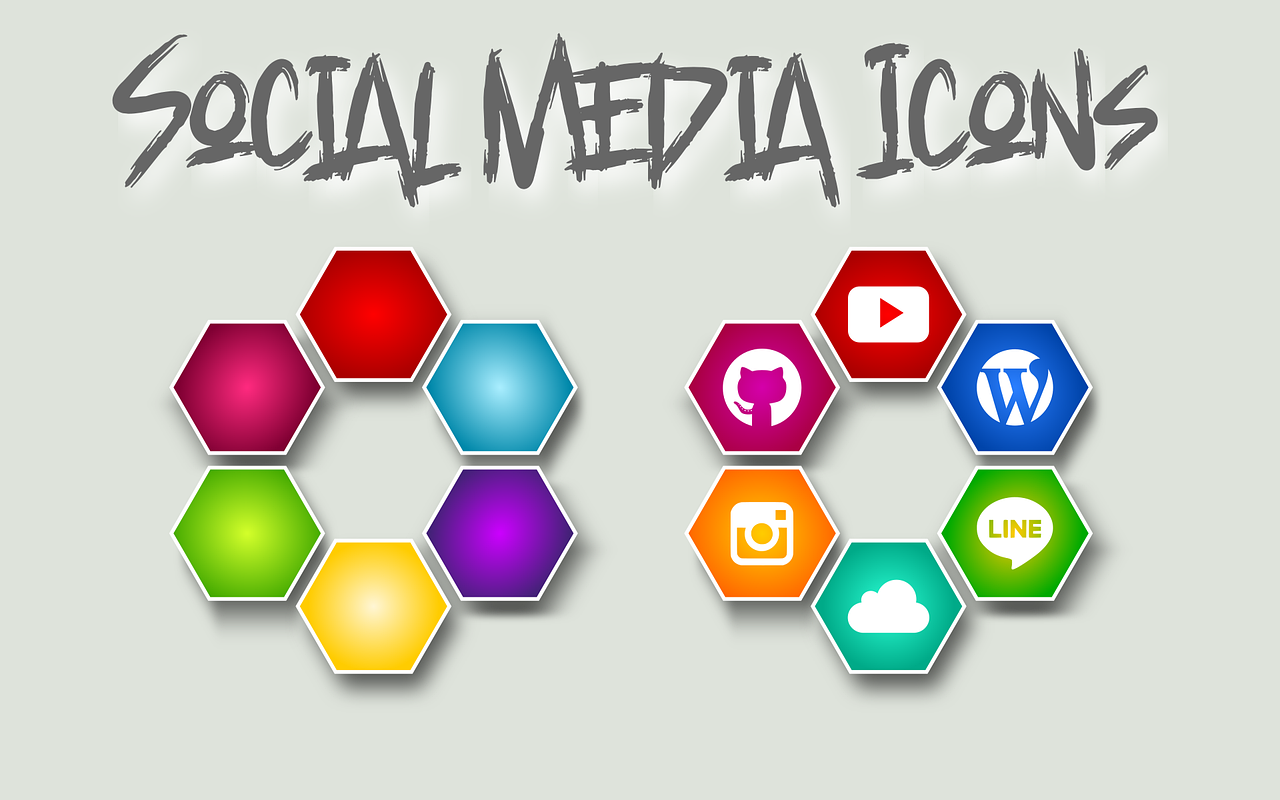In an era where digital dynamics shift as rapidly as consumer preferences, the role of social media marketing in business strategy is a question on many minds. Social media platforms such as Facebook, Instagram, TikTok, and LinkedIn have matured over the past two decades into powerful marketing arenas. Yet, as organic reach diminishes and algorithms evolve, marketers face new challenges in maximizing return on investment. The landscape of 2025 presents businesses with tough decisions: which platforms to prioritize, how to engage increasingly fragmented audiences, and whether the rising costs of advertising on these networks justify the potential rewards. Unlocking the value of social media now demands nuanced strategies, data-driven insights, and the ability to adapt quickly. This article explores these dimensions in depth, aiming to shed light on why social media remains a crucial, yet complex, component of modern marketing.
Understanding the Shifting Social Media Landscape in 2025
Social media has firmly established itself as a cornerstone of digital marketing, but the ecosystem of 2025 is vastly different from its origins. Facebook, once a simple platform where friends ‘poked’ each other to initiate contact, has evolved into a sophisticated but competitive marketing hub. Instagram, marking its 15th anniversary this year, and newer platforms like TikTok have redefined content formats and audience engagement. Yet amidst this progress, the proliferation of platforms has fragmented audiences, complicating where businesses should place their marketing bets.
For instance, businesses once found Facebook and Instagram sufficient to reach a broad audience. Today, marketers must consider a variety of spaces such as TikTok, LinkedIn, Threads, Bluesky, and Lemon8, each catering to distinct demographics and content preferences. Choosing the right platform requires understanding where your audience actually spends their time and how they interact with content on each channel.
This fragmentation presents significant challenges. Companies often err by recycling identical content across various networks, neglecting platform-specific preferences and consequently diminishing engagement. For example, Facebook users — particularly those who joined in the late 2000s — favor straightforward life updates and status posts but show limited enthusiasm for reels or stories, whereas TikTok audiences consume endless video content passively, rarely interacting through likes or follows.
- Recognize varied platform demographics: Younger audiences dominate TikTok, while older segments remain loyal to Facebook.
- Tailor content formats: Visual stories excel on Instagram; short-form videos rule TikTok.
- Analyze audience behavior: Passive consumption vs. active engagement differs across platforms.
- Allocate resources strategically: Focus marketing budgets where return potential is highest, often via analytics tools like Hootsuite or Sprout Social.
| Platform | Main Demographic | Preferred Content | Engagement Style |
|---|---|---|---|
| Gen X, Millennials | Life updates, Photos | Active posting, Moderate interaction | |
| Millennials, Gen Z | Images, Stories, Reels | High engagement, Visual-centric | |
| TikTok | Gen Z, Younger Millennials | Short-form videos | Passive viewing, Limited interaction |
| Professionals, B2B | Business insights, Articles | Professional networking, Moderate engagement |
Effective social media marketing now requires detailed knowledge of these audience nuances and platform algorithms. Businesses that neglect this risk wasting resources or, worse, alienating their followers by delivering irrelevant content. Those who adapt and embrace tools like Buffer, HubSpot, or Zoho Social for scheduling and analytics gain a decisive edge in engagement and growth.

Adapting to Algorithm Changes and Platform Evolution
Each social media platform employs algorithms that dictate which content appears in users’ feeds. These algorithms prioritize relevancy, personal connection, and engagement, with trending preferences shifting frequently. For example, Facebook and Instagram now reduce organic reach substantially to prioritize paid advertisements and content from personal connections, diminishing free exposure for brands. TikTok’s algorithm, on the other hand, can catapult videos into virality based on viewing behavior and engagement, albeit user interaction like comments or likes might remain low.
Platforms are also reacting to political, ethical, and societal pressures, impacting the tone and nature of content delivery. The increasing polarization seen on platforms like X (formerly Twitter) under Elon Musk’s ownership has led some businesses to question their presence there. In contrast, LinkedIn’s professional environment, with its steady but less sensational content, can often feel like a safer haven for B2B marketers pursuing authenticity and meaningful engagement.
- Stay informed on algorithm updates: Platforms regularly alter their content ranking factors.
- Prioritize high-quality, audience-relevant content: Relevancy significantly influences reach.
- Consider ethical alignment: Assess if brand values align with platform culture and politics.
- Embrace emerging tools: Use Falcon.io or Agorapulse to monitor and adapt quickly.
Leveraging Social Media Advertising and Influencer Partnerships for Maximum ROI
While organic reach faces limitations, paid social media advertising offers a vital avenue for brands to achieve visibility and growth. The relatively low cost compared to traditional advertising, coupled with precise audience targeting capabilities, continues to make social ads attractive investments. Marketers can adjust budgets flexibly, testing campaigns via platforms integrated with tools like Canva for creative design and Later for streamlined scheduling.
Influencer marketing has also matured into a vital strategy to establish brand credibility. Collaborating with influencers who embody brand values allows companies to tap into niche markets and social proof authenticity. Properly selected partnerships increase conversion rates and brand recall significantly.
| Advertising Benefit | Key Considerations | Tools to Optimize |
|---|---|---|
| Audience Targeting | Demographic, Behavioral Filters | HubSpot, SocialBee |
| Cost Efficiency | Flexible Budgets, Bid Strategies | Buffer, Hootsuite |
| Performance Tracking | Conversion Metrics, A/B Testing | Zoho Social, Agorapulse |
Getting the most out of these campaigns requires continuous data analysis and creative iteration. For example, testing different ad creatives designed with Canva can reveal what messaging resonates best. Successful campaigns typically combine paid ads with organic content to build trust while amplifying reach.
Marketers also benefit from examining comprehensive customer journeys, assessing where social media influences buying decisions compared to email marketing, live events, or direct outreach. Resources like this guide on market launch strategies help integrate social media advertising with broader marketing plans.
Measuring Success: Metrics and Tools to Evaluate Social Media Investment
Evaluation is a pivotal aspect of optimizing social media marketing. Despite the emphasis some leaders place on follower counts, metrics like audience reach, impressions, engagement rates, and watch time provide deeper insights into campaign efficacy. Understanding these metrics enables marketers to adjust tactics and demonstrate clear ROI to stakeholders.
Several platforms offer robust analytics, but integrating third-party tools enhances measurement accuracy and usability. Here are some examples:
- Hootsuite: Comprehensive dashboard for engagement and audience analytics.
- Sprout Social: Deep insights on social listening and brand sentiment.
- Buffer: Scheduling and performance tracking made simple.
- HubSpot: Integrates social analytics with CRM for full funnel visibility.
- Zoho Social: Customizable reports tailored to business goals.
Beyond these, platforms such as Falcon.io and Agorapulse help teams monitor multiple networks simultaneously, combining social listening with competitor benchmarking. Measuring brand sentiment and customer perception through tools highlighted in this resource can be critical in shaping future social media strategies.
Integrating these insights with thoughtful analysis leads to more effective campaigns and a better allocation of budgets. Social media should not be treated as a “set and forget” channel but as a dynamic ecosystem requiring constant attention and refinement.

Reassessing Social Media’s Role Within the Holistic Customer Journey
Social media marketing cannot exist in isolation. It intersects significantly with other marketing channels and customer touchpoints. A finely tuned customer journey map reveals where social engagement triggers awareness, fosters loyalty, or nudges a purchase decision.
For example, younger demographics often discover brands via TikTok or Instagram Reels but might complete the purchase through email campaigns or live events. Professional audiences on LinkedIn may require authoritative content before engaging with sales teams. Understanding these nuances is vital:
- Map customer touchpoints: Identify every interaction point between your brand and the customer.
- Integrate cross-channel strategies: Combine social media with emails, events, and PR for synergy.
- Focus on content relevancy: Tailor messaging to different stages of the buying process.
- Continuously review behavior patterns: Use data to spot emerging trends and adjust accordingly.
Businesses expanding their marketing mix find higher returns when social media acts as a part of a coordinated strategy rather than a standalone effort. Exploring resources like brand storytelling techniques or entrepreneurial networking tips can enrich social media content with authenticity and deeper engagement.
Amidst changing habits and platform preferences, social media’s place in the customer journey may shrink for some sectors but remain indispensable for others. Ongoing evaluation of audience behavior is crucial to identifying these shifts and reallocating budgets and efforts appropriately.
Preparing for the Future: Trends to Watch and Strategic Recommendations
Looking ahead, social media marketing in 2025 demands agility and foresight. Artificial intelligence will increasingly contribute to personalized content delivery, influencer discovery, and automated customer service interactions. Brands equipped with platforms like Later or SocialBee for scheduling, combined with AI-powered analytics, will harness more precise targeting and creative optimization.
Moreover, authenticity and community-building have emerged as pivotal themes. Users crave genuine connections rather than purely promotional messages. Platforms that facilitate niche communities, such as specialized LinkedIn groups or emerging decentralized networks, offer new opportunities for engagement.
- Invest in AI tools: AI can streamline content creation and ad targeting.
- Build authentic relationships: Engage with communities genuinely rather than focusing only on growth.
- Explore emerging platforms: Stay informed about new social spaces like Threads or Bluesky.
- Maintain data privacy focus: Respect user data and comply with regulations to build trust.
As challenges like controversial platform politics or algorithm volatility persist, businesses willing to evolve and diversify will capture the best returns. Treat social media marketing as a journey of continuous learning and adaptation rather than a fixed tactic.
Those looking to pivot or expand can learn how to turn a side hustle into a business or understand how smaller firms compete with giants via competitive insights. These perspectives complement the evolving role of social media as a business tool.

Example of a Balanced Social Media Investment Strategy
Consider a mid-sized B2B software company focusing primarily on LinkedIn for brand awareness and lead generation. Their strategy blends organic thought leadership posts with targeted LinkedIn ads and influencer partnerships involving industry experts. They allocate 60% of their social media budget to paid ads, 30% to content creation with Canva, and 10% to tools like Agorapulse for analytics and engagement monitoring. This blend allows them to maintain quality outreach, adapt to platform changes, and measure ROI effectively.
FAQs on the Value of Social Media Marketing in 2025
- Is social media marketing still effective in 2025?
Yes, it remains effective but requires more sophisticated strategies, combining organic and paid methods while focusing on audience-specific content and analytics. - What platforms offer the best ROI for social media marketing?
Platforms like LinkedIn for B2B and TikTok or Instagram for B2C tend to offer strong ROI if leveraged with tailored content and targeted ads. - How do businesses measure social media marketing success?
Metrics like reach, engagement, impressions, and conversion rates are key, supported by tools such as Hootsuite, Sprout Social, and Zoho Social for comprehensive analytics. - Are influencer collaborations worth the investment?
Influencer partnerships can significantly boost authenticity and reach when aligned correctly with brand values and target audience. - Should smaller businesses use all social media platforms?
It’s more effective to focus resources on platforms where the target audience is active rather than spreading too thin across many networks.



Is Social Media Marketing Still Worth the Investment?
Explore key performance indicators (KPIs) to understand social media marketing trends in 2025.
Reach
Reach indicates the total number of unique users who see your content. In 2025, it remains the largest driver of brand awareness on social media platforms.